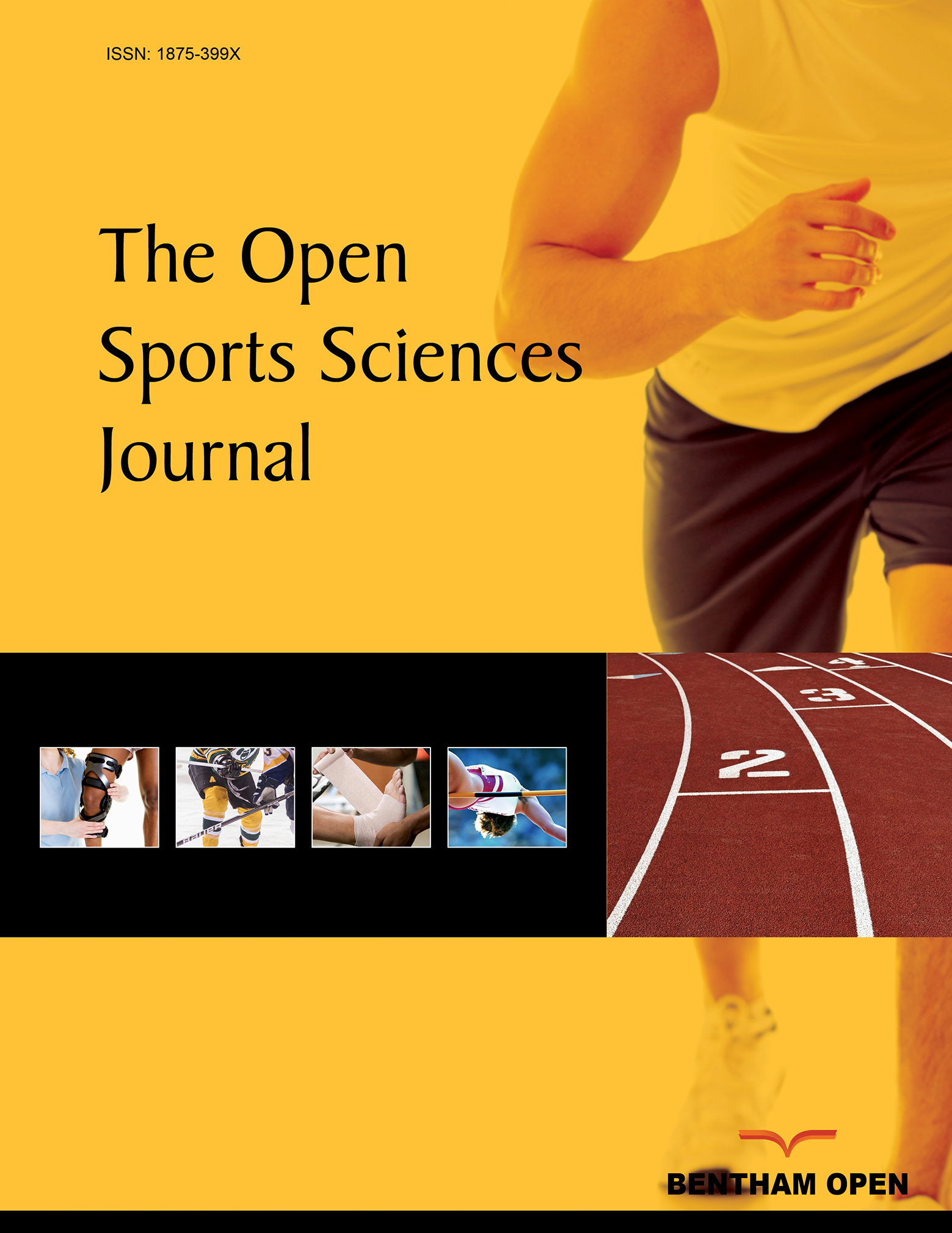All published articles of this journal are available on ScienceDirect.
Predictors of Physical Educators' Attitudes toward including Students with Disabilities in Inclusive Classes
Abstract
Background:
In recent years, inclusion has become an educational system implemented in many countries of the world, and teachers' attitudes towards this system are considered one of the most important factors to ensure its success.
Objective:
The purpose of this study was to examine Saudi Arabian physical educators’ attitudes toward teaching students with disabilities in inclusive physical education settings, and to examine the factors that affect such attitudes.
Methods:
Physical educators’ attitudes (N = 1,303; Mage = 40.07; SD = 9.30) were measured using the Arabic version of the Sentiments, Attitudes and Concerns about Inclusive Education-Revised Scale (SACIE-R).
Results:
Despite the moderately positive attitudes developed by physical educators, females reported more positive attitudes toward inclusion than males (2.51± 0.39 vs. 2.345 ± 0.36; Z = -8.545; p = 0.001). Regression analysis indicated that three personal factors (i.e., gender, previous participation in training courses to teach students with disabilities, and knowledge of the Saudi educational legislation or policy) were significant predictors of physical educators’ attitudes toward such inclusion.
Conclusion:
The findings provide a database that Saudi Arabian educational decision-makers can refer to when designing teacher preparation programs in universities and educational institutions.


